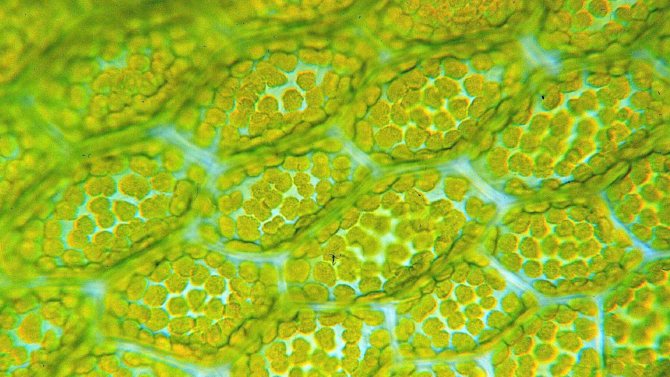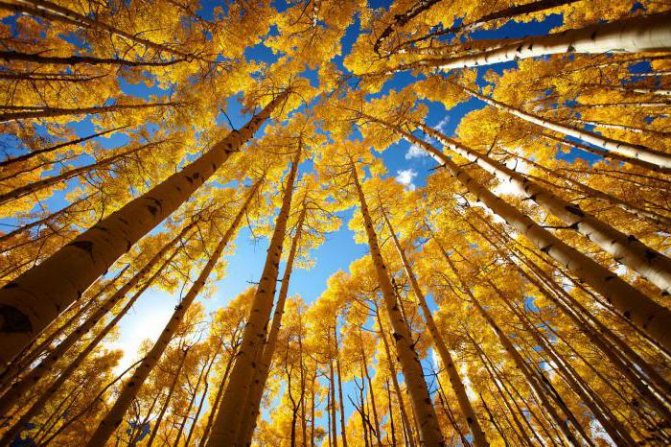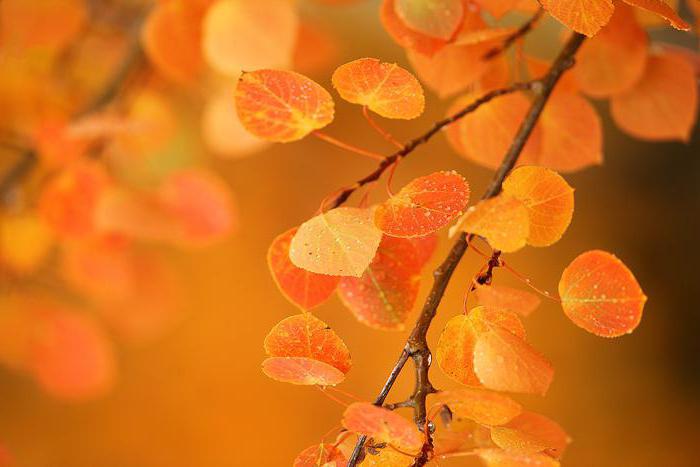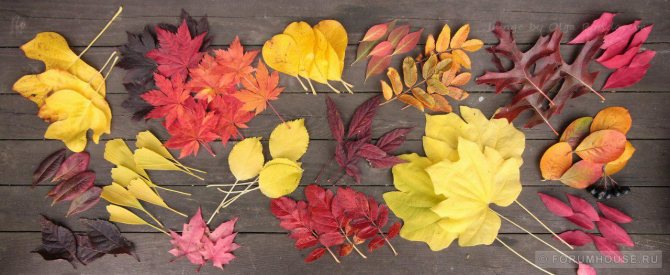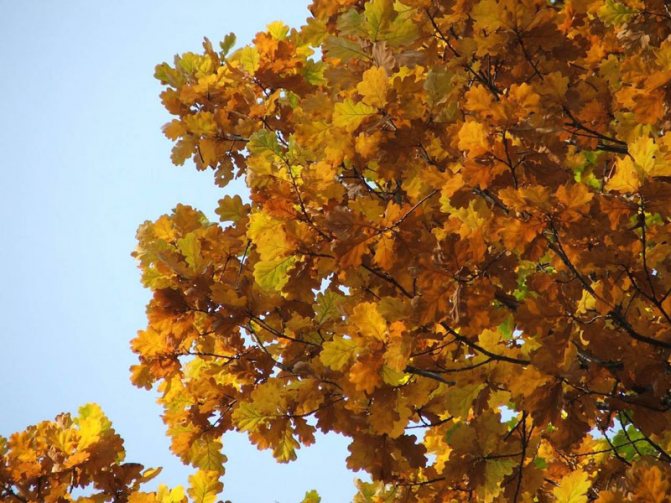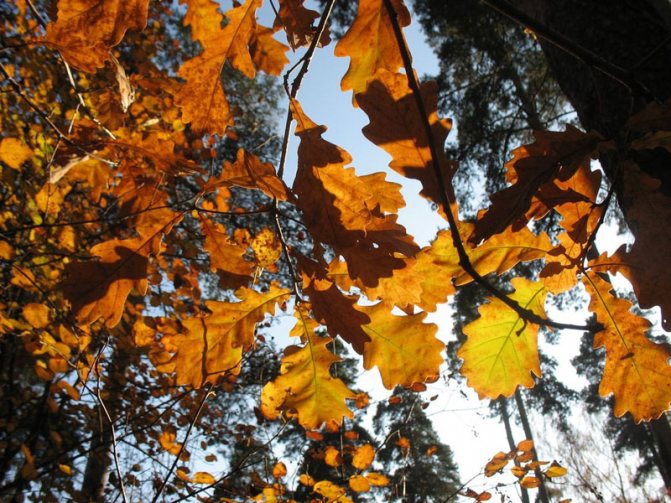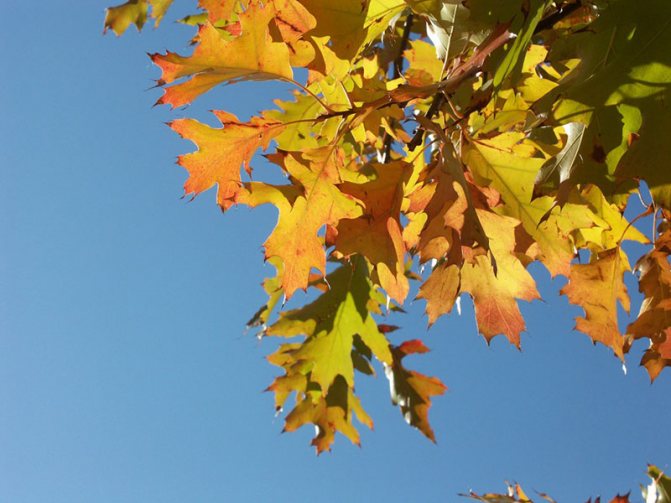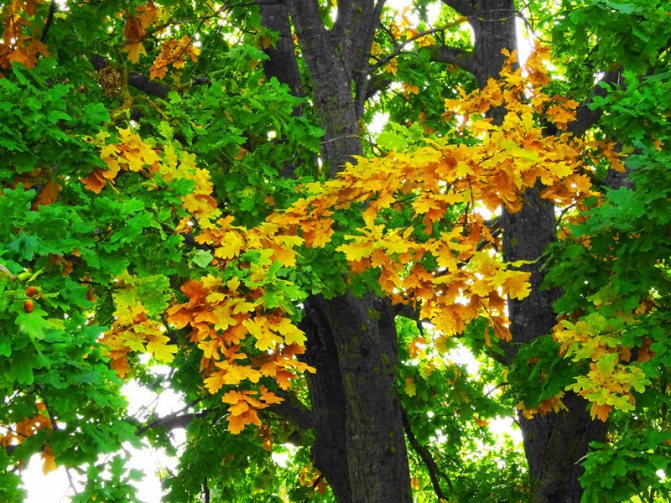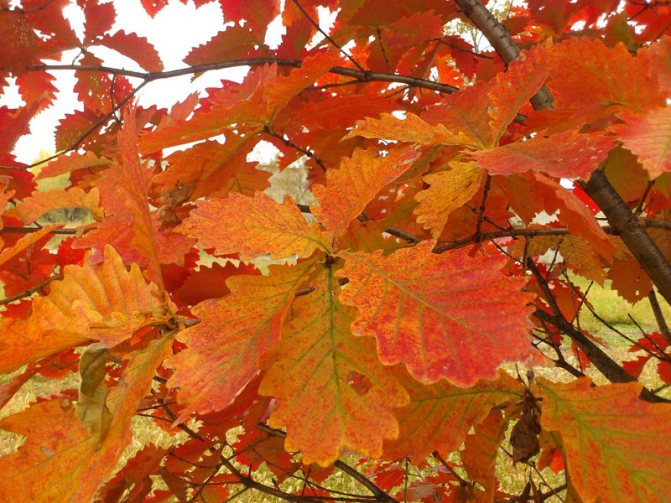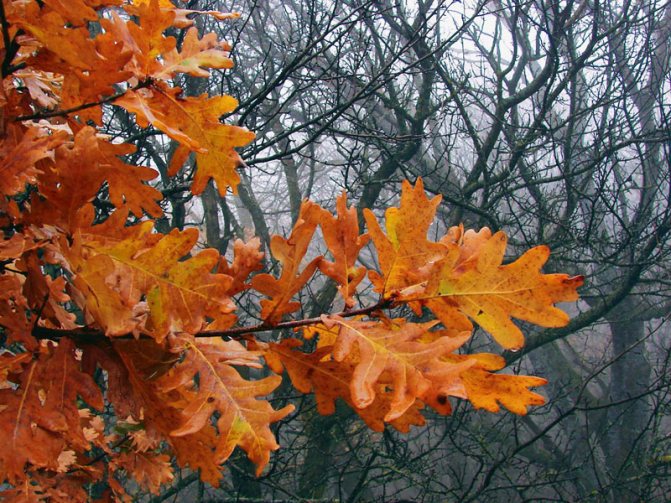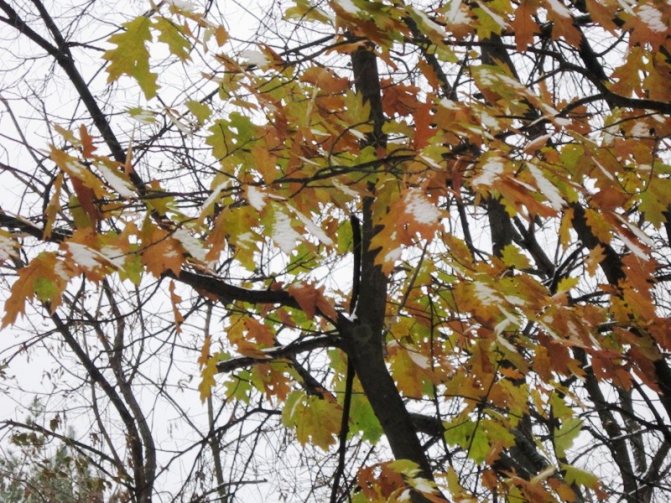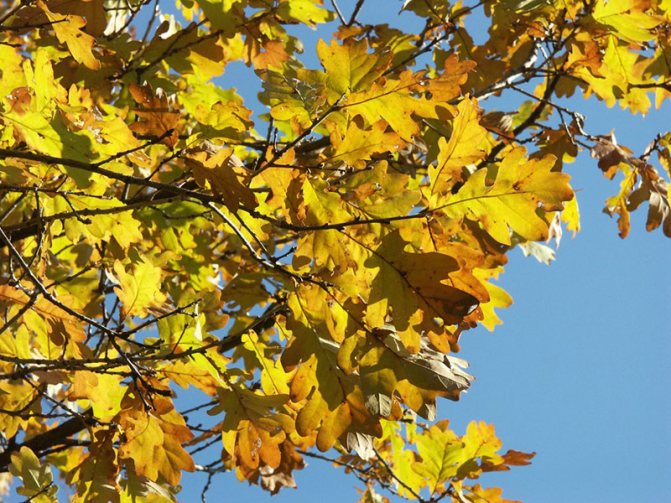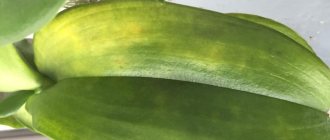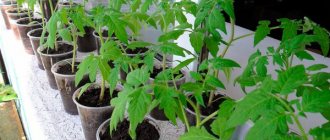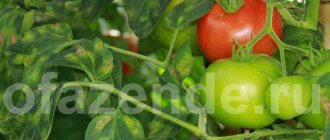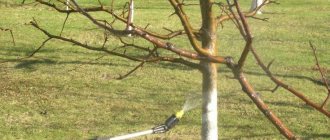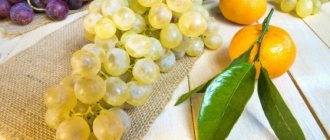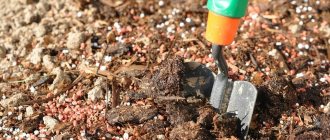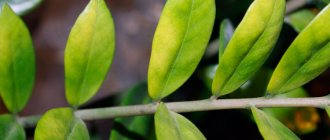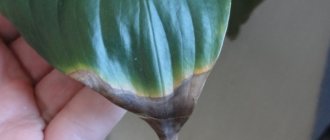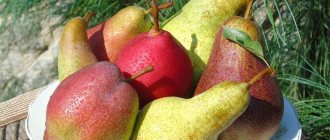What pigment makes the leaves green, red?
In the school curriculum in biology class, a similar topic is necessarily covered. Some, perhaps, have already forgotten, and some just do not know yet. But the pigment that is responsible for the green color of the leaves is chlorophyll. Let's take a closer look at this aspect.
Leaves green:
- Chlorophyll is a substance that absorbs sunlight and, with the help of water and carbon dioxide, produces beneficial organic substances for plants. Or, as they say in scientific language, it turns inorganic substances into organic ones.
- It is this pigment that is fundamental in the process of photosynthesis. Thanks to him, all living organisms receive oxygen. Yes, this information is known to any student. But few have thought about how chlorophyll turns foliage green.
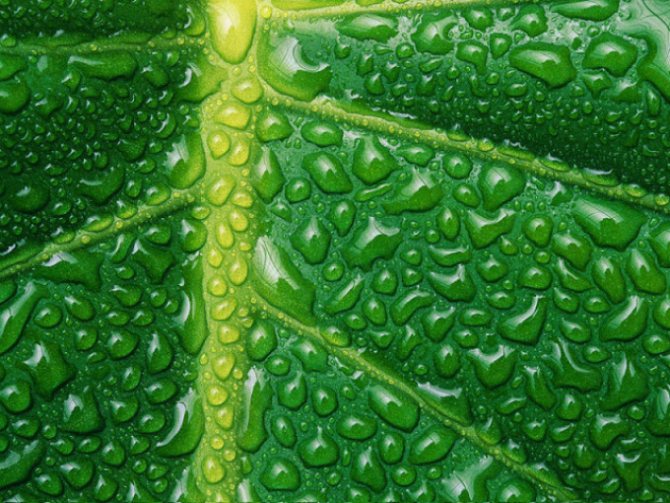
Color green
- Yes, the element itself is also green. And since it predominates in plants, then the color depends on it. And you can draw a direct relationship between the color of the foliage and the amount of chlorophyll.
- But that's not all. If you delve into a similar topic in more detail, you can learn much more. The fact is that chlorophyll absorbs spectra of colors such as blue and red. This is the very reason why we see green leaves.
Leaves red:
- Based on the above reasons, you can find the answer why the leaves are red. Even if you do not take into account the course of biology. From a logical point of view, red is also, to some extent, dependent on chlorophyll. Or rather, from his absence.
- The pigment responsible for the red color in the leaf is anthocyanin. Also, this element is responsible for the blue and purple color of leaves, flowers and fruits.
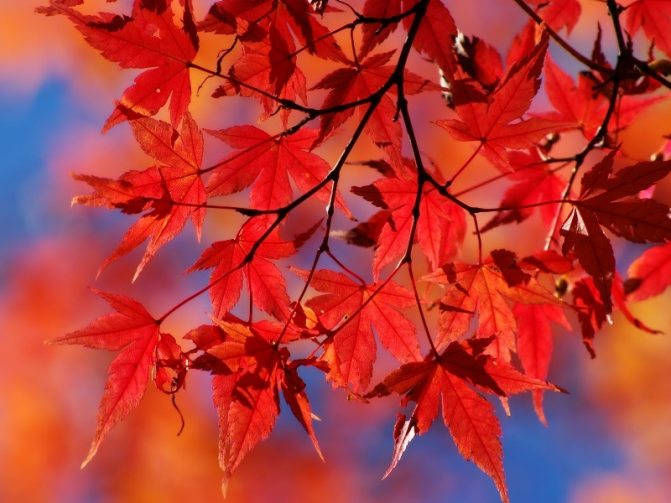

Red color
- Anthocyanin, like chlorophyll, absorbs certain color spectra. In this case, it's green.
- By the way, there are some plants that do not have a green color of leaves or flowers. It depends on the lack of chlorophyll in them. And in its place is anthocyanin.
Oak bark
The oak bark contains tannins, which have found application in medicine and the leather industry. In Russia, leather was processed only with oak bark. Leather processing is called tanning. This word began to be used even if the skin was treated with other compounds (willow bark or chromium salts).
Oak bark has the following beneficial properties:
- relieves inflammation;
- heals wounds;
- heals stomach diseases (if you use a decoction of it);
- eliminates allergic reactions;
- helps with colds;
- heals the gums.
For use in medicine, oak bark is harvested in spring. After collecting it is dried within 2-4 days. You need to store it dry and brittle.
How to explain the change in the color of leaves of trees in autumn?
What a beautiful autumn we have. Despite the rains and cloudy skies, she is beautiful in her own way. It is the autumn that the trees are painted in different colors. Of course it depends on the weather and the nature of the tree. But everyone drew attention to the fact that even on one sheet there can be several shades or colors.
- It used to be thought that all pigments were present in the foliage all the time. And when the amount of chlorophyll decreases, then other colors become visible. But this option is not entirely true. Specifically refers to anthocyanins.
- This pigment begins to appear in the leaves only after the chlorophyll levels begin to decrease.
- Let's take a closer look at this process. In the fall, the sun is not so warm, which means that there is less chlorophyll. Since it is he who is responsible for the nutrients in plants, their amount is also reduced. This is how the leaves begin to prepare for the cold weather.
- This process is very subtle and thoughtful. All those nutrients that the plant has accumulated over the summer slowly move to the branches and root. There they will be all cold weather. And in the spring they will use this stock so that new green leaves appear.
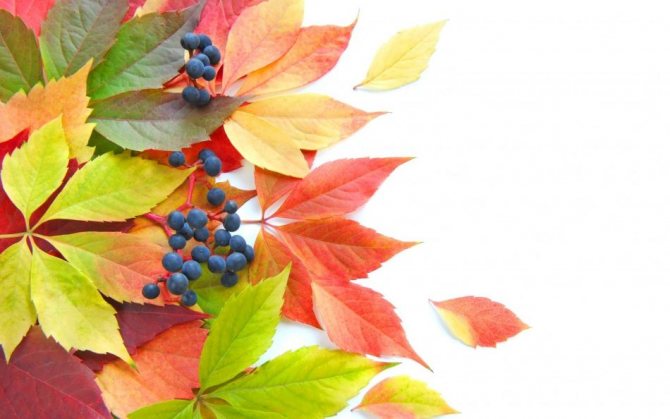

Leaf color in autumn
- But the color of the leaves, in addition to natural processes, is also influenced by the weather. Anthocyanin is usually more prevalent in sunny weather. If autumn is cloudy and rainy, then there will be more yellow trees.
- But that's not all. The color of the leaves also depends on the breed of the plant itself. Everyone noticed that maple often has reddish leaves, but linden and birch always dress in golden color.
- Just before winter, when all the coloring pigments are completely destroyed, the leaves turn brown. There are no nutrients left in them, the leaves dry up and fall off. At this stage, the cell walls of the leaves become visible.
Autumn leaf color functions [edit | edit code]
Photoprotective [edit | edit code]
At the end of the 19th century, anthocyanin production in leaves was observed to increase at low temperatures and good lighting. Anthocyanins were thought to protect the leaves from harmful UV radiation. But in the 1980s, they noticed [ Who?
] that anthocyanins are produced inside the leaves and not on the surface, which speaks against the theory of photoprotection. What's more, anthocyanins do not protect against the particularly harmful UVB spectrum.
But in the 1990s, scientists David Lee and Kevin Gold showed that red leaves are better at dealing with light fluctuations than green leaves. They suggest that the presence of red anthocyanins stabilizes photosynthesis. [ source not specified 3252 days
]
Co-evolutionary [edit | edit code]
According to the theory of coevolution, the colors of autumn leaves are warning signals for insects that use trees as a breeding ground during the winter. For example, aphids.
What substance colors foliage yellow: plant pigments
Yellow is very beautiful in autumn, especially on a clear and warm day. It's not for nothing that autumn is also called golden. Almost any plant changes its color, starting from yellow. Yes, for some it is the only color, and some have it only as an additional one.
- A specific pigment is responsible for each color. Carotene - this pigment gives plants a yellow color. The word is familiar and can be often heard in advertisements. Perhaps many did not know its meaning. Or they just didn't even think about what it was.
- This pigment belongs to the group of carotenoids. Found in all leaves and plants. It is in them all the time. It's just that chlorophyll predominates over carotene, so the leaves are mostly green. And after its disintegration, they begin to be painted in other colors.
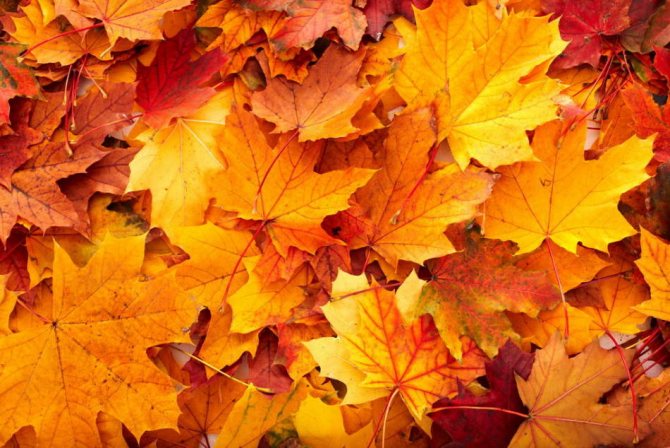

Yellow leaves
- This plant pigment is used as a natural colorant. It is extracted chemically, but exclusively from natural raw materials. It is widely used in food processing and other fields.
- Beta carotene, which has simply overshadowed the advertising business, also applies to carotenoids. The fact is that they are credited with about 600 subspecies. Almost all yellow, red, orange and even green vegetables and fruits have it.For example, green onions, tomatoes, pumpkin, persimmons, blueberries, sorrel, carrots. The list is very long. It is also very important for the human body.
How does an aspen live
Taking a walk in the forest or park in the fall, you can take many breathtakingly beautiful photos of aspens. The lifespan of this tree is comparable to that of a human. Aspen rarely lives more than 90 years. It is very rare to find individuals that have lived up to 150 years. But for quite a long time a tree can live in its overgrown generations.
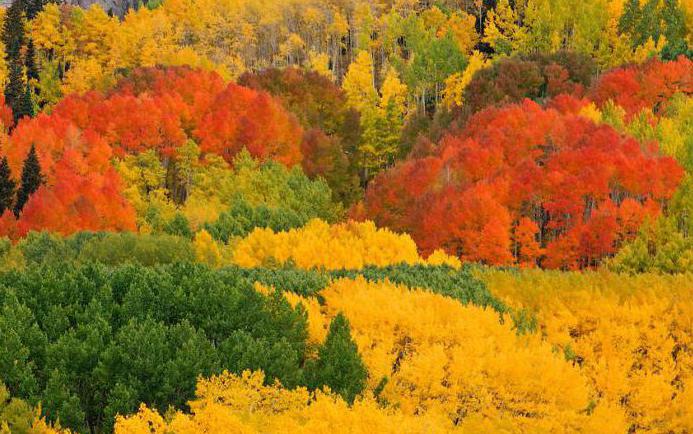

In the spring, the aspen is the first to be covered with flowers. In summer it is green. But autumn makes the tree especially charming. This is a completely different aspen. Leaves are painted in a variety of colors in the fall. The variety of colors is impressive.
The decorative qualities of aspen, especially in the autumn period, can hardly be overestimated. If the day turns out to be sunny, all these colorful leaves will flash with bright light.
What substance colors foliage orange: plant pigments
Orange, as well as yellow, is constantly in the leaves, it is simply overshadowed by chlorophyll. Thus, making the plants green. And the orange color also begins to appear when that very chlorophyll is destroyed.
- The pigment responsible for the orange color is xanthophyll. It also belongs to the class of carotenoids, like carotene. After all, these colors are on a fine line between themselves.
- I would like to note that this particular pigment stains carrots. It is in it most of all. Therefore, it is this pigment that is responsible for the orange color of all fruits and the color.
- Xanthophylls, like other carotenoids, are essential for the human body. To other living beings too. Since they cannot synthesize it on their own, but can only get it with food.
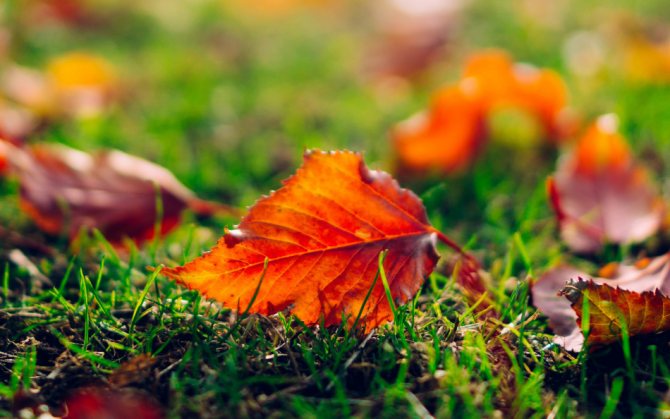

The color of the leaves is orange
- It is no secret that carrots are rich in vitamin A. Accordingly, all these pigments are the main carriers of this vitamin. More precisely, the predecessors.
- It is also worth noting that they are antioxidants in our body. Every girl knows about this aspect. Indeed, the appearance of hair, nails and the body as a whole directly depends on this.
What affects the autumn color of foliage
The most important determinants of autumn coloration are temperature, light, water supply, and even soil type.
Lowering the temperature below zero promotes the formation of anthocyanin. However, early severe frosts make the red fall colors less vibrant than they would be without them. In this case, it is not so much the threshold temperatures that matter as the amount of heat, the number of hours with a favorable temperature.
Lowering the temperature below freezing contributes to the formation of anthocyanin
Bright light also contributes to the appearance of a red color, since anthocyanin pigments are usually formed in leaves exposed to light. If, during the formation of red pigments, one sheet was covered with another, the red pigment usually does not form in the lower sheet. In some breeds, autumn color and leaf fall are prepared in a short day.
The strongest orange natural dyes
Every housewife faced such a problem in the kitchen, when after, for example, beets, her hands turned red. If you rub carrots a lot, the same story can happen. It's just that the color is not so saturated, so it is not so noticeable. Also, having picked a certain flower, you can paint your hands in the appropriate color.
- Natural dyes are widely used in cooking, fabric dyeing, medicine and cosmetology.
- Coloring pigments are produced by bacteria, corals, fungi, algae and plants. Naturally in the appropriate color. Plants are of course the most readily available.
- You can get them yourself, the main thing is to follow the technology. You also need to know which ingredients are suitable for these purposes.
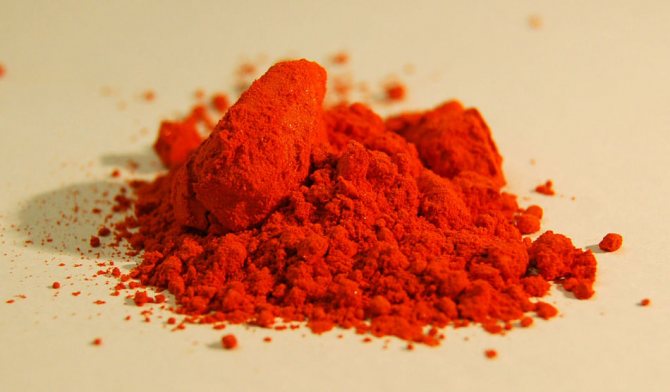

Orange dyes
Orange dyes:
- carrot
- leaves and flowers celandine
- zest of tangerine and orange
- paprika
- onion husks
- pumpkin
As you can see, all products are available and almost all are orange. You can also get such a dye by mixing yellow and red colors.
Pictures of trees and their leaves
First, let's look at images with a child. The pictures show a tree, its leaves and seeds. Let the baby describe in his own words which tree, which trunk it has, which leaves, their features. We watch and remember.
And one more set of cards about trees:
Now you can proceed to securing the material. Have a student color the leaves of the trees.
Leaves of which group of trees turn red in the fall?
Probably many have noticed that not all trees are red in autumn. But what kind of beauty comes from nature. Especially when combined with yellow and orange colors. One gets the impression that the forest is shrouded in festive outfits. But which trees have exactly the red tint? Let's take a closer look at this issue.
- This color is not constantly present in the leaves, but begins to be produced only after the breakdown of chlorophyll.
- Usually, those trees that grow on poor soil not enriched with minerals turn red.
- An interesting fact - trees use this color to repel insects and pests.
- Anthocyanin, the presence of which stains the foliage red, helps to withstand frost and avoid hypothermia
- More commonly found in trees such as maple, mountain ash, bird cherry and aspen
The color change of trees is a real miracle of nature, which is so pleasant to watch. Please yourself with pleasant emotions in autumn, because these are unforgettable pleasant sensations.
Where grows
To take a photo of an aspen in the forest in autumn, you should know where to find it. She loves to grow in ravines, near reservoirs, on the edges. It can often be found in the neighborhood of birches and pines. Aspen in the fall next to such satellites looks very bright. The whole bouquet of colors is difficult to retell.
A tree of this variety grows on almost all types of soil and grows rapidly. Quite often you can find their vast colonies. This is made possible by the powerful, well-developed root system of the tree.
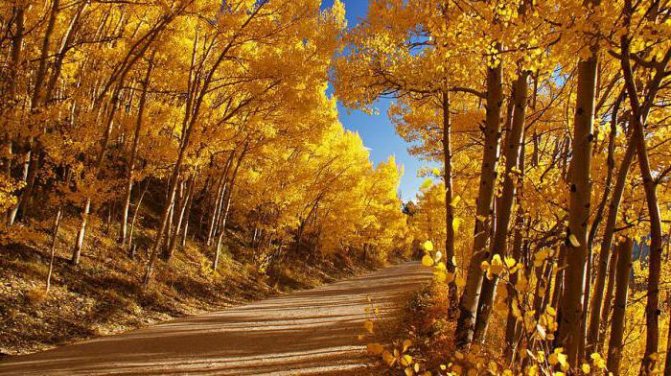

To capture in memory or with a camera what an aspen looks like in autumn, you should go to the forest and find one of these colonies. There is a riot of colors to make you admire the fantasy of nature.
In the fall, you can find many varieties of mushrooms in the aspen growth. So a walk, in addition to aesthetic pleasure, can bring quite material benefits.

